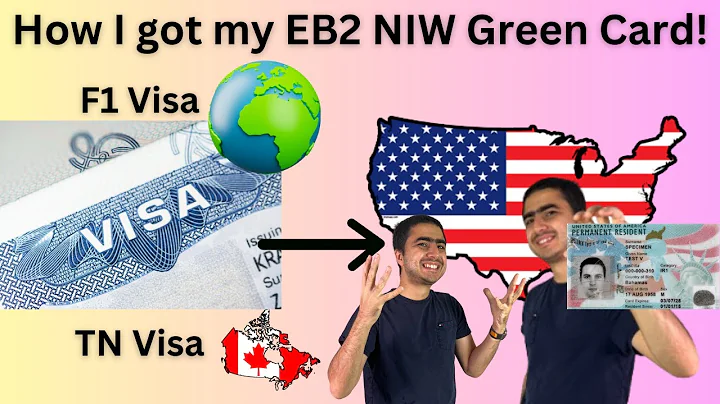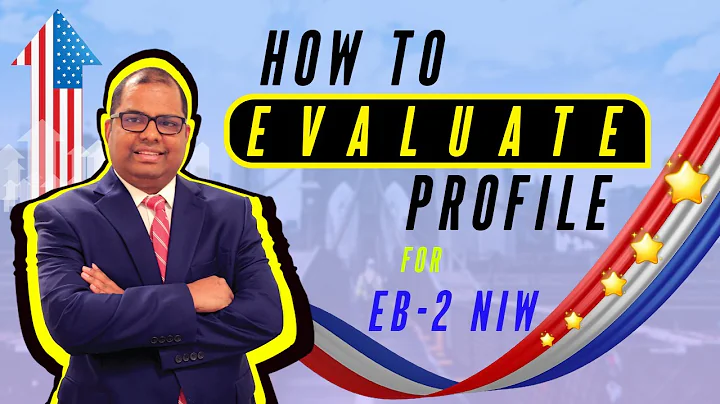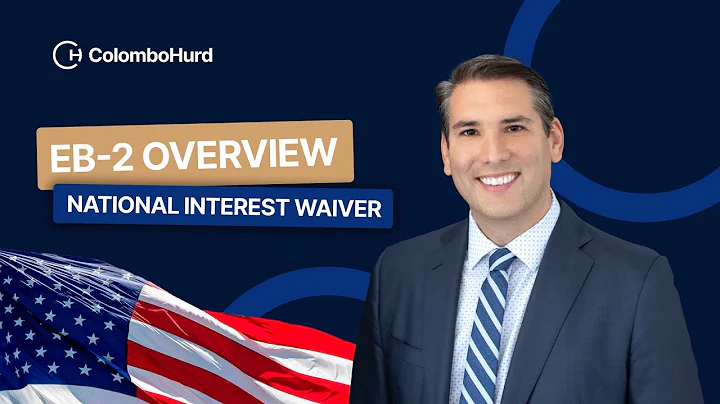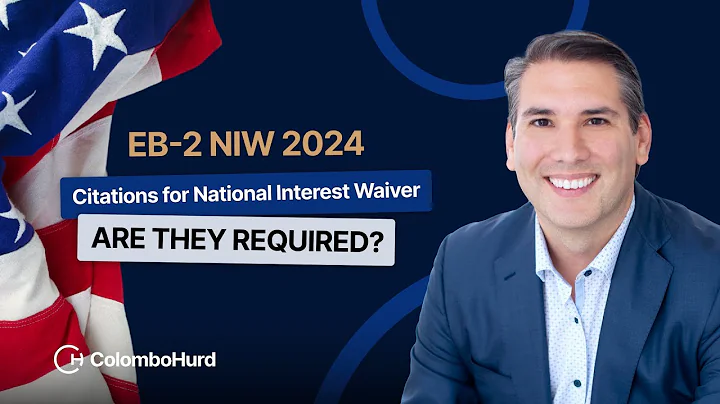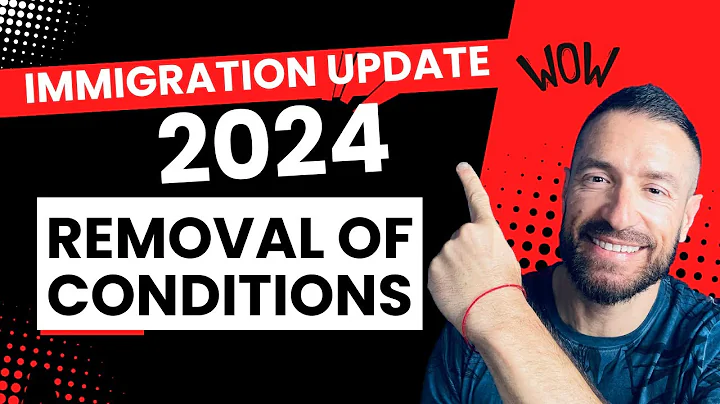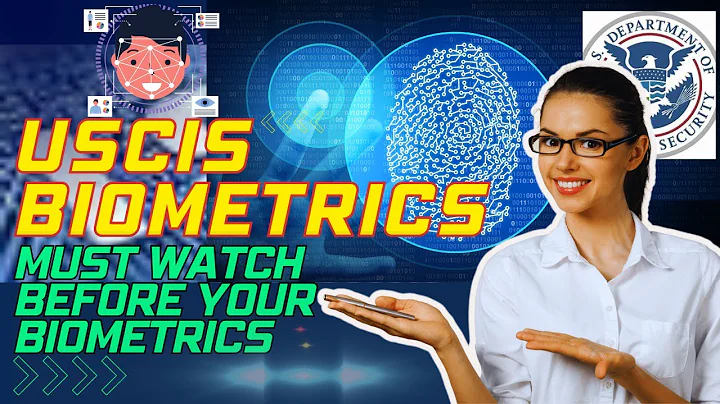U.S. NIW National Interest Waiver belongs to the talent category that belongs to the second priority of U.S. employment-based immigration EB2. It does not require employer support, job commitment, job offer, and even applicants do not need to have a high degree. Applicants without a high degree of education are not required. , need to demonstrate outstanding ability.

NIW Applicants can not be in the United States and engage in any activities while submitting the application and waiting for the result, such as continuing to work in the country. They do not have to come to the United States in advance and be troubled by various restrictions and inconveniences in the immigration law. The applicant can apply again after receiving the green card. After entering the United States, you have the right to freely choose to work for any employer. In addition, NIW applicants can also apply for a green card together with their spouse and children under the age of 21 as dependent applicants to achieve family immigration.
Although NIW is a second-priority employment-based immigrant, the application conditions are relatively loose and easy to obtain approval. EB2 immigration applicants who were born in mainland China generally need a waiting period of 2-3 years. In January 2022, for example, the ranking of EB2 The term is 2 years and 11 months.
NIW application requirements
▶ Collect application materials
Applicants first need to fully collect various evidence corresponding to the NIW review standards, including but not limited to: letters of recommendation provided by experts, the applicant’s degree certificate and transcript, and employer’s certification for the applicant Certificates of work experience, the applicant’s professional licenses and certificates, the applicant’s income certificate and tax records, copies of the applicant’s award certificates or photos of trophies and medals, mainstream media reports on the applicant, and the industry the applicant joins The membership card of the association or organization and the relevant chapters in the charter or articles of association, the written or audio-visual records of the review work in which the applicant participated, the invitation letter and the letter of thanks, the academic articles published by the applicant and their citation records, and the applicant's participation in The personnel structure chart and charter of the organization or institution, etc.
In terms of evidence form, unless the Immigration Bureau specifically requires that original evidence be provided, copies of these evidences can generally be provided.
In addition, according to the Immigration Bureau regulations, all non-English materials need to provide a complete English translation, and the translator must provide a signed letter of guarantee to ensure the completeness and accuracy of the translation, and that the translator is qualified for the translation work. ability. After
collects all the evidence, it needs to summarize an evidence catalog, sort and index each piece of evidence, and arrange the evidence neatly according to the index, so that the immigration officer can quickly find the documents that need to be viewed during the trial.
▶ Write an application letter
Based on the evidence collected, the applicant needs to write an application letter to explain to the Immigration Bureau the NIW standards that the applicant meets point by point, with a detailed analysis of the evidence, and comprehensively explain all the materials that the applicant has. NIW immigration qualification requires the immigration officer to approve the application. This letter is the most direct way for the immigration officer to understand the case, so it is not an exaggeration to say that it is the core of the entire application. Therefore, we recommend hiring a professional immigration copywriter to write this application letter to ensure the maximum use of all evidence and improve the approval rate.
▶ Fill in the application form
After collecting the above materials, the applicant needs to fill in the application form. Depending on the applicant's needs, an NIW application may involve the following forms. These forms do not include premium processing of Form I-907, as NIW is not currently eligible for premium processing. According to the latest USCIS Stabilization Act, it is expected that NIW applications will be processed on an expedited basis after June 1. The expedited processing fee is US$2,500, but the result will take 45 days
▶ I-140 "Foreign Worker Immigration Application" form
When filling out the I-140, please fill in all the information that can be filled in accurately and completely, especially the applicant's name. , social security number, mailing address, application category, and date of birth and other key information. If an item does not apply to your situation, please enter "N/A". The I-140 needs to be signed by the applicant himself and the agent who prepares the I-140 (usually the immigration lawyer hired by the applicant) (both stamps and electronic signatures are not qualified), otherwise the Immigration Bureau will reject it.
▶ ETA-750B/9089 Labor certification application form
ETA-750B and ETA-9089 are the forms used to apply for a labor certification (PERM) in ordinary EB2 immigration applications and need to be submitted to the U.S. Department of Labor. However, in NIW, labor certification is exempted, and ETA-750B also needs to be submitted to the Immigration Bureau together with I-140 instead of Department of Labor . This shows that although ETA-750B/9089 in NIW is necessary evidence required by regulations, and failure to submit it will result in the application being rejected, it is actually just a formality.
It is worth noting that ETA-750B expired on June 30, 2017, so in theory the form that should be used now is 9089. But in fact, even if the expired 750B was used, the Immigration Bureau did not raise any objection, which further confirms the above-mentioned "formalism" point of view.
▶ The G-28 "Attorney Representation" form
G-28 is applicable to the situation where the applicant hires a lawyer to apply for NIW on his or her behalf. If the applicant applies by himself, there is no need to submit G-28.
▶ Prepare the application fee
The application fee for NIW, which is the fee for processing I-140, can be found in the price list of US Citizenship and Immigration Service . The application fee for NIW is US$700. The application fee is paid by check or money order payable to "U.S. Department of Homeland Security" from a bank in the United States.
▶ Send the application to the USCIS
The USCIS has two regional centers for receiving and processing I-140 immigration applications, the Texas Regional Center and the Nebraska Regional Center. You need to choose according to your address. One. According to our experience, the Texas Regional Center’s review process is relatively relaxed, and the chance of requiring a supplementary RFE is also lower. Therefore, in order to pursue a high pass rate and avoid RFE, we recommend that the application be sent to the address in the center of Texas.
The number of cases and staffing of each regional center are different, so the time required to process a NIW I-140 is also different. The time for each regional center to process specific cases can be found on the official website of the Immigration Bureau.
In some special circumstances, cases will be transferred between the regional centers of the Immigration Service. For example, the Texas Regional Center once transferred the cases to the Nebraska Regional Center for processing due to excessive backlog of cases or insufficient manpower. This situation is generally unpredictable and preventive measures cannot be taken. All the applicant can do is to make the application materials as perfect as possible so that the immigration officer will be impeccable.
▶ Check application status
After your I-140 is accepted by the Immigration Bureau, the Immigration Bureau will send you a receipt notification stating that they have accepted your application. From now on, you can use the receipt number on the receipt notification to check the progress of your case on the Immigration Bureau’s official website status inquiry system.
▶ Request for Evidence
If you receive a Request for Evidence from the Immigration Bureau, abbreviated as RFE, it means that the immigration officer is temporarily unable to decide whether to approve your I-140 and requires you to provide further evidence to supplement your proof. NIW qualification. There is no need to panic after receiving an RFE, as a large number of applications for final approval received an RFE on the way. The applicant only needs to calm down, fully supplement the evidence according to the requirements of the RFE, and prepare a convincing reply, and there is still a good chance of being approved.
▶ Apply for permanent residence /green card
After the I-140 is approved, if there is no schedule, the applicant can enter the next stage: apply for permanent residence, which is the green card. There are two ways to apply for a green card: submit the I-485 "Application to Register for Permanent Residency or Adjust Status" form, or apply through consular processing outside the United States. After the I-140 is approved, all applicants outside the United States need to go through the embassy or consulate process to apply for a green card. If the applicant is in the United States, he can choose to leave the United States and obtain a green card through consular procedures, or he can stay in the United States and submit an I-485 adjustment of status application to obtain a green card, and can change from one to the other during the application process. .
▶ Consular processing (consular processing)
If the applicant needs consular processing, he should select the consular processing in the corresponding place in I-140.After the I-140 is approved and the waiting period ends or there is currently no waiting period, the National Visa Center will notify you that a visa number is or will be available soon, and arrange for you to pay fees and submit green card application materials. These application materials are generally documents related to the personal information of the applicant and dependent applicants, such as passports, marriage certificates, birth certificates, etc., as well as copies of I-140 and approval notices. At this stage, the embassy and consulate’s review mainly focuses on basic information such as the applicant’s identity, relationship with affiliated applicants, and whether there is a criminal record, so the review will be looser than the I-140 stage. The
embassy and consulate procedure requires applicants to make an appointment with the embassy and consulate for an interview and pass the interview after paying the fee and submitting application materials. During the interview, the immigration officer will ask the applicant questions. Generally, the questions are about the approved immigration application and the applicant's personal status. The immigration officer in the embassy or consulate process does not have the discretion to reject your invitation, so although the process is more cumbersome, the risk is relatively small. However, once rejected, the embassy and consulate procedures do not provide an opportunity for appeal. The processing time for embassy and consulate procedures is generally 4-6 months.
▶ I-485
If the applicant is already living in the United States when the I-140 is approved, and the waiting period has ended or there is currently no waiting period, the I-485 "Application for Registration of Permanent Residency or Adjustment of Status (Adjustment of Status)" can be submitted in the United States. .
Submitting I-485 also requires an interview and answering questions similar to the embassy and consulate procedures. However, the advantage of I-485 is that you can be accompanied by a lawyer during the interview, and you can appeal if you are rejected. In terms of processing time, I-485 often takes one to three years, which is significantly longer than the 4-6 months of the consulate process, so there is a long wait.


